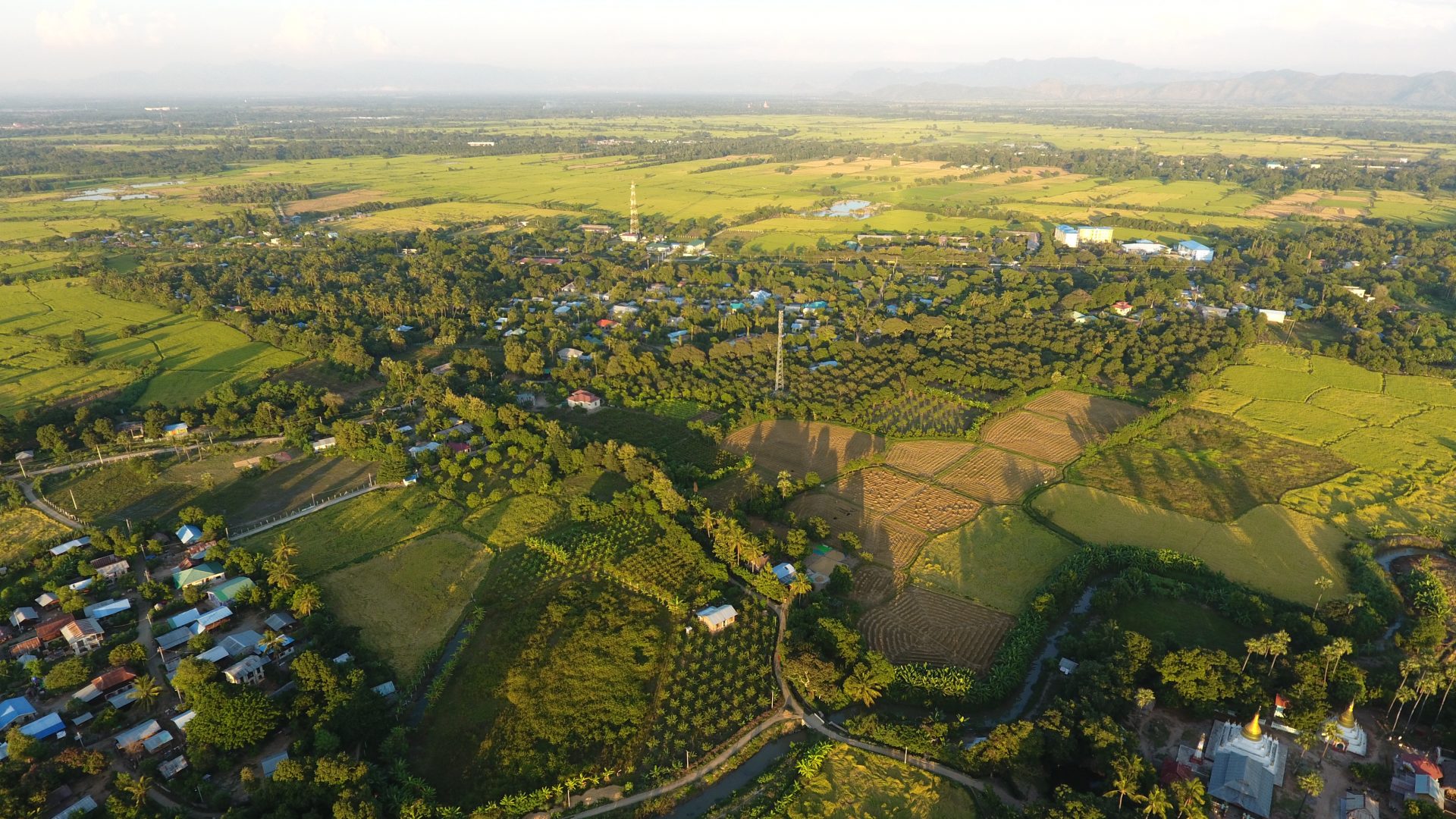We welcome the publication of Evaluating CDC’s Financial Institutions Portfolio, an independent portfolio-wide analysis of our investments in this sector.
It’s the first in the FCDO-CDC Evaluation and Learning Programme of independent multi-year evaluations across our priority sectors, which have been structured to draw out lessons that will enable and maximise our learning. These kind of longer-term evaluations are critical to help FCDO and CDC better understand how CDC’s investments deliver impact on people, businesses, sectors and overall economies. They are intended to scrutinise the evidence base which underpins our work. This then helps us target investments and track results in those businesses and sectors where we can have the most impact and can be used to inform our portfolio management and investment decisions.
This particular evaluation is an important addition because investing in financial institutions is a key part of how we support the long-term growth of businesses in Africa and South Asia. The Sustainable Development Goals will not be achieved without broad-based economic growth. And this, in turn, cannot be achieved without financial institutions that facilitate payments, provide savers with somewhere safe to keep their money and direct capital to the enterprises that need it.
It also builds on our work over the last few years to more precisely define the impact we can have through investing in financial institutions. This includes a review carried out by NYU Wagner, which looked at the evidence on the impact of investing in financial institutions, and which in turn fed into the development of our impact framework and strategy for the sector. So we welcome this evaluation as a significant addition to our ongoing monitoring, evaluation and learning.
The evaluation concludes that the majority of investments are on track to deliver their intended impact. At the same time, it also highlights areas where we could strengthen our approach to assessing development impact, and where deeper analysis is required to better understand the impact of our portfolio and further expand our learning.
This includes takeaways and lessons learnt, both of a general nature (section 9, p.71) and across seven key themes identified by the evaluators: geography, reaching underserved households and scaling micro-finance institutions, providing appropriate capital to small- and medium-sized enterprises, financial market liquidity for emerging markets, developing capital markets, master risk participation agreements and counter-cyclical finance, and gender (section 8, pp.67-70).
We recognise that these are important themes that are central to understanding and delivering impact in our financial services portfolio. We are committed to learn from this evaluation and have put in place a process to consider these findings and recommendations carefully. This includes looking in depth at each lesson that the evaluation has raised, and establishing our response to each of them. We expect to be able to report on this work publicly by Spring 2021.
This careful consideration will ensure that our sector strategy and impact management systems take account of all applicable lessons. We also welcome feedback from all stakeholders to the evaluation.
As part of the evaluation, the evaluators have set out the next steps in their overall programme, which includes a number of in-depth studies (section 10, p.72). We’ll be engaging fully in this next phase by working with our relevant investee companies to support these studies.
Finally, the evaluation comes at an opportune time, when we have reorganised our investment teams to form a Financial Services Group that covers all investment products. It will also be a useful tool as we work with FCDO in the co-development of our 2022-2026 strategy.











